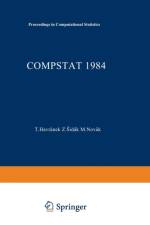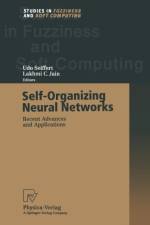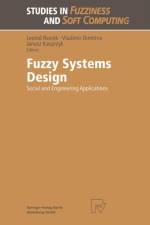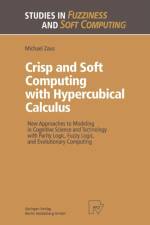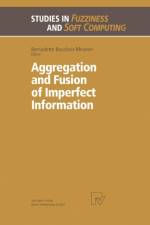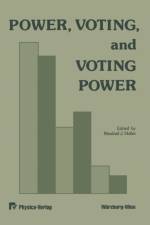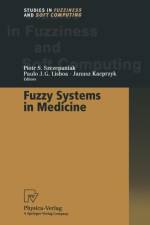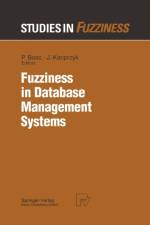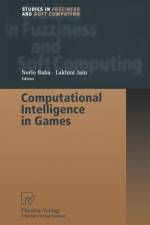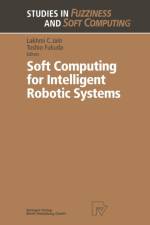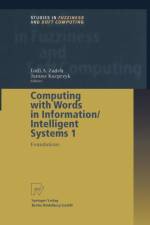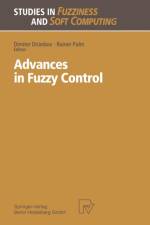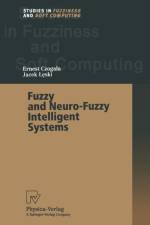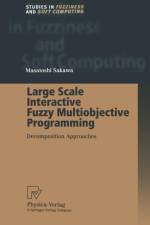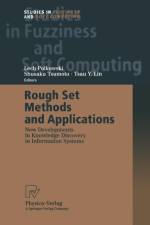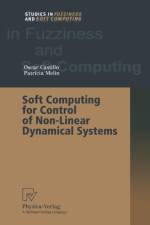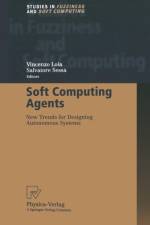49,00 €
The origins of relational theories can be found in the work of three 19th cen tury mathematicians: Augustus de Morgan (1864, On the syllogism IV and on the logic of relations), Charles Sanders Peirce (1882, Brief description of the algebra of relatives) and Ernst Schroder (1895, Vorlesungen iiber die Al gebra und Logik der Relative). The modern origins of the theory of relations are due to Alfred Tarski (14 January 1902, Warsaw -26 October 1983, Berke ley). His paper' On the calculus of Relations' published in 1941 gave rise to an algebraic theory of relations which is still extensively studied. In the 1970s, the applications of relational theories to various applied sciences emerged. Nowadays relational theories are experiencing a period of extensive development, with the emergence of new theories and systems allow ing better understanding and better use of such theories. Relational theories have been used, among others, in the following fields: ¿ Theory of programs: program specification, program verification, mod elling concurrency, process calculi, semantics of programming languages; ¿ Databases: relational databases, tabular methods, dependency theory, rectangular and difunctional decomposition of databases; ¿ Computational linguistics: relational semantics of natural languages, re lational grammars, Lambek calculus; ¿ Spatial reasoning: modelling of relationships between space regions; ¿ Handling uncertainty: fuzzy relations, many-valued relations, information relations. Indeed, the concept of relation emerges again and again throughout computer science, from its theoretical foundations to very practical implementations.




